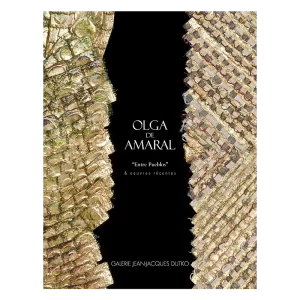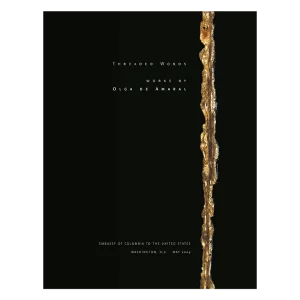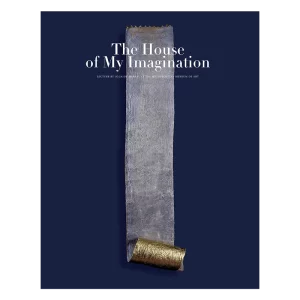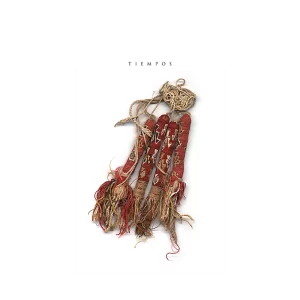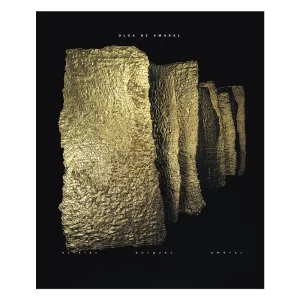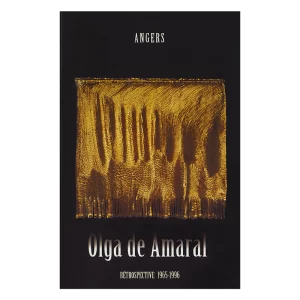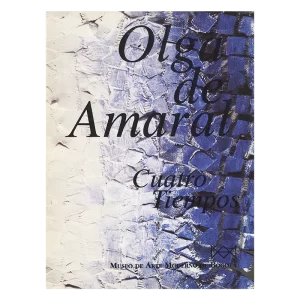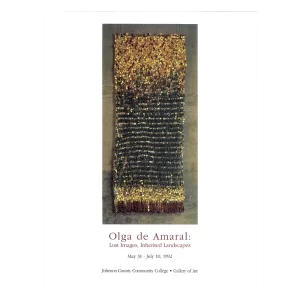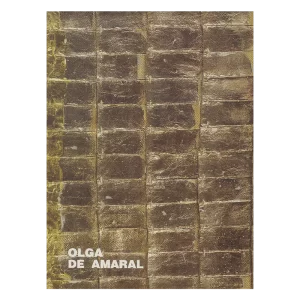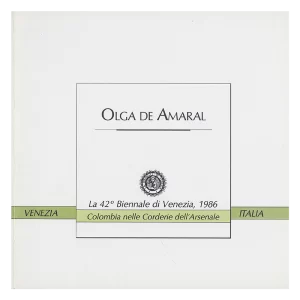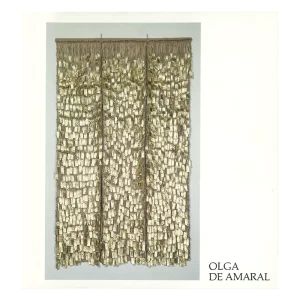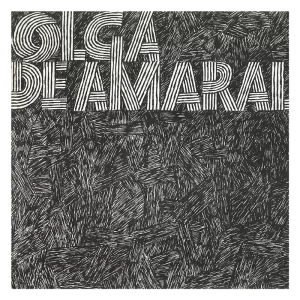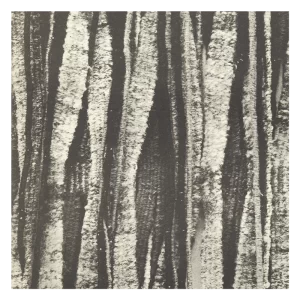Publications


Weaving is a craft that involves essential aspects of human beings and their cultures. Throughout time, it has been a cosmic metaphor of man’s destiny and his relation to the gods. For the Kogi, thread is man’s umbilical cord to the Great Mother; it is also measure, tension and contact between man and nature. To weave is to speak with the Mother, with oneself, to meditate. The loom is a map of man and of the world, a plane of the universe; the four sides of the vertical frame are the cardinal points and the act of weaving is life-energy, in constant recreation. In many indigenous worldviews, all existence is reflected in weaving.
—Juan Carlos Moyano Ortiz,
Fragment of the text A Closer Look at the Life and Work of Olga de Amaral,
published in book Olga de Amaral The Mantle of Memory, 2014













